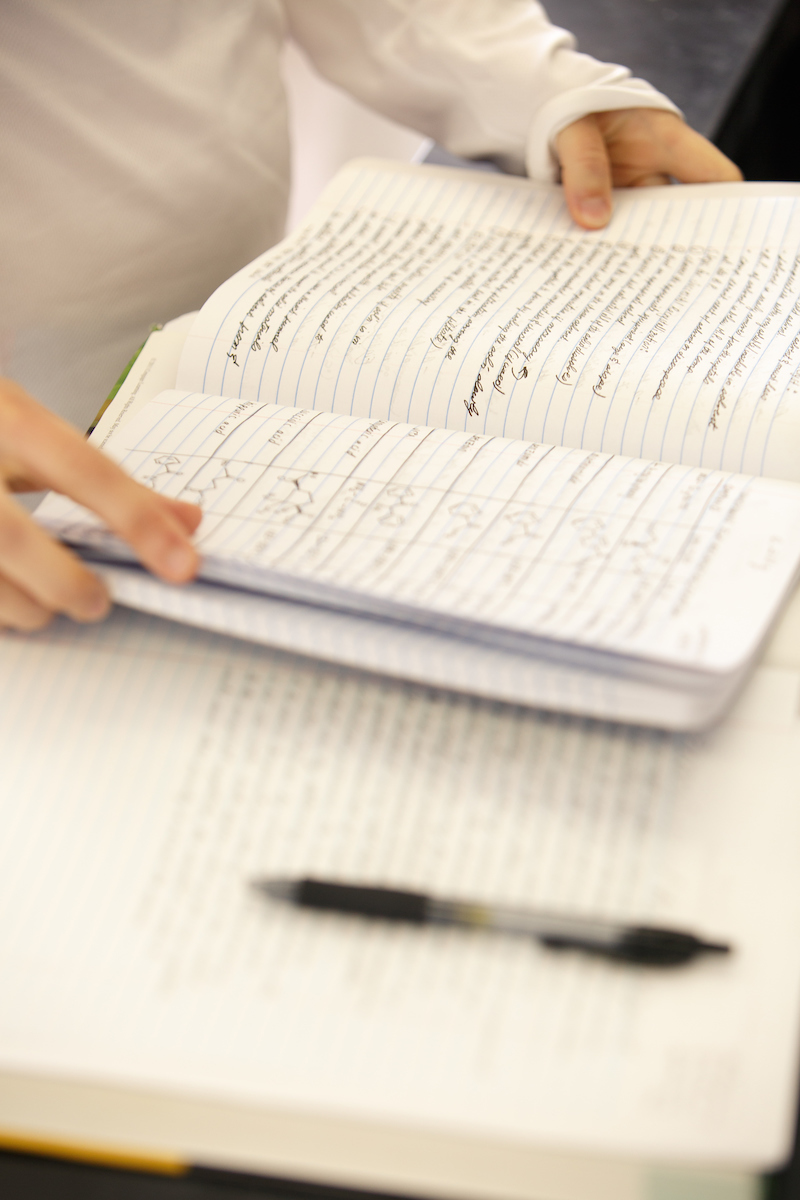Dedicated to improving our teaching, learning, and university operations.
The Office of Educational Effectiveness and Institutional Research (EEIR) supports Cal Lutheran in meeting its mission by advancing the use and application of high-quality processes to sustain success and excellence in student learning and administrative outcomes.
With a primary focus on student learning experience, EEIR’s vision is to cultivate the ultimate educational experience that creates opportunities for the Cal Lutheran community. We do this through assessment, accreditation, curriculum, faculty development, institutional research, planning, evaluation, and other oversight responsibilities provided to both academic and administrative areas. EEIR values quality and customer service as it makes impact through the following broad goals:
- Establish and maintain a multi-level institutional effectiveness system that promotes intentionality and deliberate improvement.
- Support institutional strategic planning efforts through metrics development, measurement and communication of milestone accomplishments.
- Offer leadership that supports integration of research and planning into academic and administrative decisions.
Institutional Research
Providing analysis, institutional data, and research to promote informed decisions.
Data Repository
Our data repository contains data banks with reports that span all divisions at Cal Lutheran.
Offices & Programs
Learn about the units that make up Educational Effectiveness at Cal Lutheran.
Center for Academic Service-Learning
Visit the Center for Academic Service-Learning to see how students apply their work to serving the community.
Center for Equality & Justice
Sarah W. Heath Center for Equality & Justice brings together organizations and individuals to collaborate for equitable social change.
Center for Teaching and Learning
Supporting evidence-based and inclusive learning and teaching practices through digital learning and faculty development.
Galleries & Collections
Dedicated to the advancement of arts and accessibility through a commitment to education and outreach.
Pearson Library
Includes departments for Acquisitions & Collection, Instruction & Outreach Services, Interlibrary Loan (ILL), and more.
Writing Center
A collaborative space where students, faculty, staff, and alumni come together to discuss and improve writing.
 With a primary focus on student learning experience, EEIR’s vision is to cultivate
the ultimate educational experience that creates opportunities for the Cal Lutheran
community. We do this through assessment, accreditation, curriculum, faculty development,
institutional research, planning, evaluation, and other oversight responsibilities
provided to both academic and administrative areas. EEIR values quality and customer
service as it makes impact through the following broad goals:
With a primary focus on student learning experience, EEIR’s vision is to cultivate
the ultimate educational experience that creates opportunities for the Cal Lutheran
community. We do this through assessment, accreditation, curriculum, faculty development,
institutional research, planning, evaluation, and other oversight responsibilities
provided to both academic and administrative areas. EEIR values quality and customer
service as it makes impact through the following broad goals: